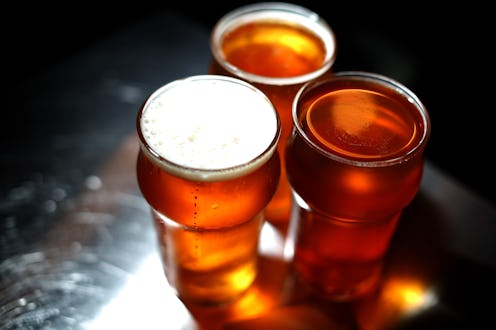Life
Where The Most Binge Drinking Happens In The U.S.
Where you live could be a factor in how much alcohol you drink. A new study has concluded that while nationwide levels of binge drinking are on the rise, certain counties in the U.S. have higher binge drinking rates than others — and the counties leading the pack may not be what you’d expect.
The study, published Thursday in the American Journal of Public Health, is the first to take a county-by-county look at which specific areas in the U.S. have the worst and fastest-growing drinking problems. The report defines heavy drinking as more than two drinks a day for men, and more than one drink a day for women, and binge drinking as at least five drinks on one occasion for men, and at least four drinks for women.
So which county ranks at No. 1 on the list for both? You might think it’s an urban area with lots of bars and restaurants, like New York City, or the nightlife-friendly spots in New Orleans. In actuality, the county leading the nation in binge drinkers is Wisconsin's Menominee County, where a whopping 36 percent of adults binge-drink. Meanwhile, the county leading the nation in heavy drinkers is the sparsely populated Esmeralda County in Nevada, where 22.4 percent drink that much. Jeez, that's a pretty high percentage. Maybe they’re looking for a way to pass the time?
On the flip side of things, the county least likely to binge drink is Mormon Madison County, Idaho, where just 5.9 percent do. Least likely to drink heavily is Hancock County, in Tennessee's Appalachian Mountains, where the rate is only 2.4 percent.
Binge-drinking might be common, but as we all know, it can also be dangerous. That type of excessive drinking is often linked to car crashes, injuries, and alcohol poisoning. So how can pinpointing the locations of the biggest binge drinkers help? It can help law enforcement target their efforts to specific areas in order to prevent alcohol-fueled problems or tragedies from occurring. Seeing their names at the top of the list may also give communities the fuel they need to start promoting policies that address problem drinking.
